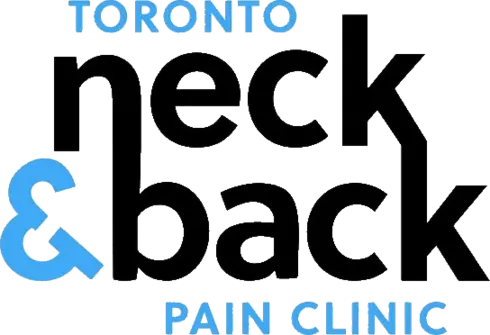Back pain is often treated by Doctors of Chiropractic. In Toronto alone, there are over 800 chiropractors. Many of them are using the well-known hands-on technique of cracking the back (or an adjustment, as it’s called) to treat back pain.
But, is cracking good for the back?
Here’s my egg analogy…hang in there with me on this one. The other day, I was making an egg sandwich. To use the egg, it had to be cracked. And yes, it was a good sandwich!
In the past, maybe you’ve bought a dozen eggs and you’ve discovered, hopefully at the store before you get home, that one of the eggs is cracked.
In the first case, the cracking of the egg is good and even necessary. If there’s no cracking, the egg can’t be used for cooking or eating.
In the second case, the cracking of the egg is not good and can even be problematic if it’s had a crack long enough, maybe the egg has spoiled.

Back pain treatment can include a crack, but it’s a good crack, not a bad one.

The Not-So-Good Options
-
Back cracks during lifting or bending: If your back cracks while you move—even without pain—it may signal joint dysfunction. If pain comes with the crack, that is a stronger warning sign. You should get it checked.
-
Cracking your own back: Self-cracking may feel good in the moment, but the sound usually comes from joints that already move well. Restricted joints remain stuck. This increases the imbalance between flexible and stiff joints, which can make back problems worse over time.
-
When someone else cracks your back: A big bear hug may release a loud crack, but it lacks precision. Without knowing which joint needs movement, in what direction, and why, the result stays temporary. It often creates the same imbalance as self-cracking.
What about the noise itself?
The sound is not harmful on its own. A crack happens when a joint moves slightly beyond its normal range into the paraphysiological space. This is a safe range the joint does not usually reach by itself. But if the movement goes further than this, it causes trauma—like a sprain.
The Good or Okay Options
-
Knuckle cracking: Research shows cracking knuckles does not cause arthritis or swollen joints. Other than becoming a habit, it provides little benefit beyond temporary relief or a sense of satisfaction.
-
Repetitive cracking in one joint: If you hear cracks every time you move a joint, it may come from a tendon snapping over tissue rather than the joint itself. A true joint crack needs at least 20 minutes before it can happen again. Occasional tendon snapping is not serious, but frequent snapping can cause irritation. It may also signal joint dysfunction that needs attention.
-
Chiropractic adjustments: Chiropractors assess how each joint sits and moves before applying an adjustment. The goal is not the sound. The crack is simply a side effect. A proper adjustment restores joint motion and triggers reflexes that improve local and sometimes regional body function.
The Bottom Line
When done correctly, back cracking can help. But not all cracks are the same. If you feel unsure about cracking your back—or if noises and stiffness happen often—it’s time to see a qualified healthcare professional.
Your body uses pain, stiffness, and sounds as signals. Paying attention to them helps you keep your body healthy and moving well.





